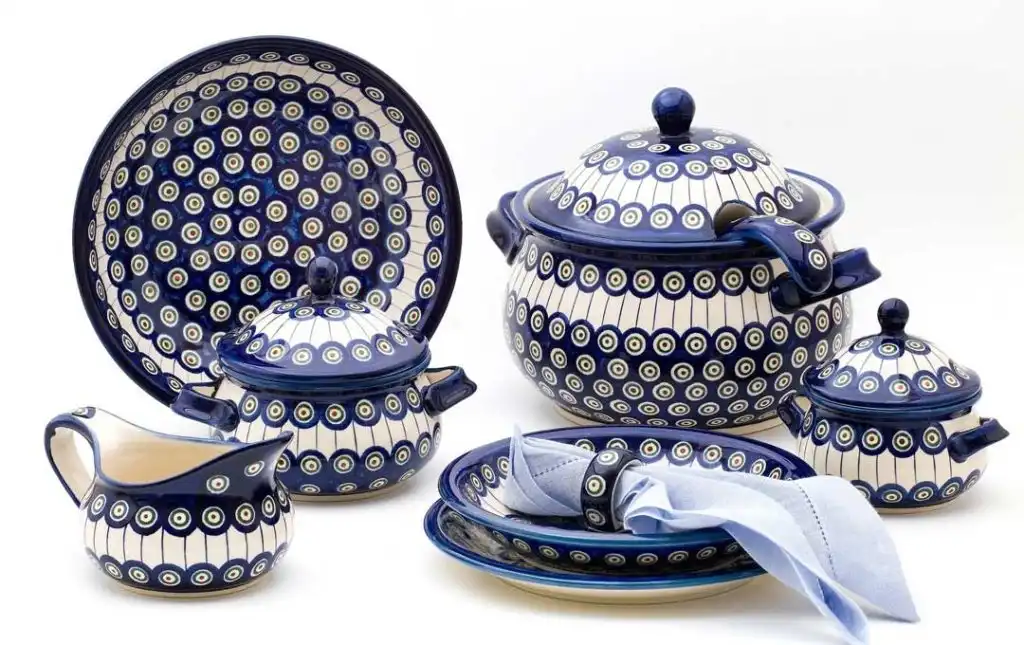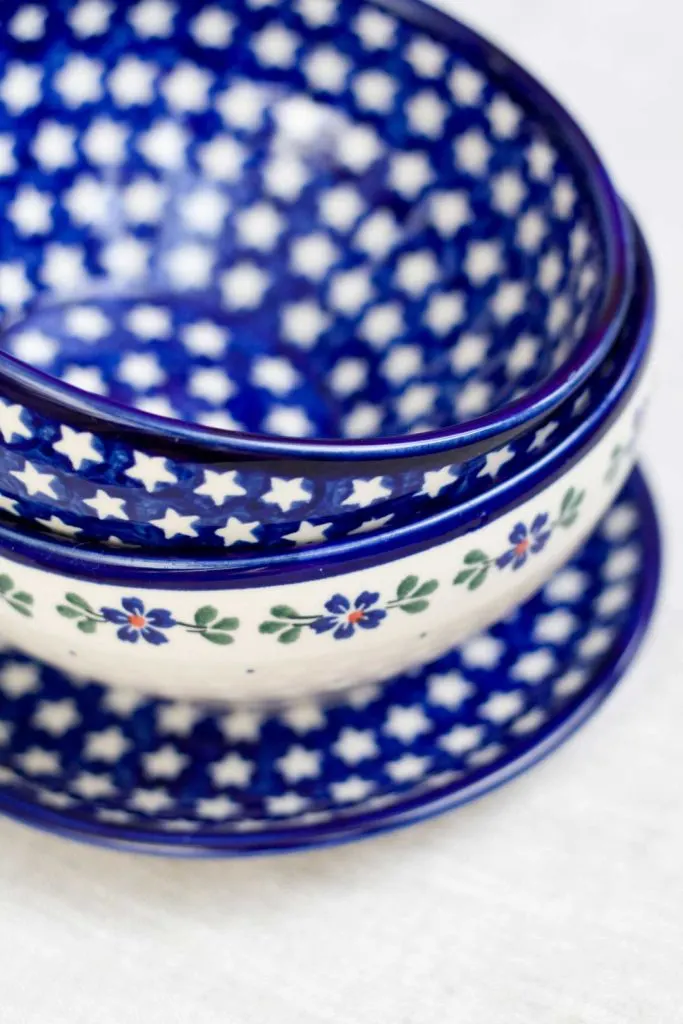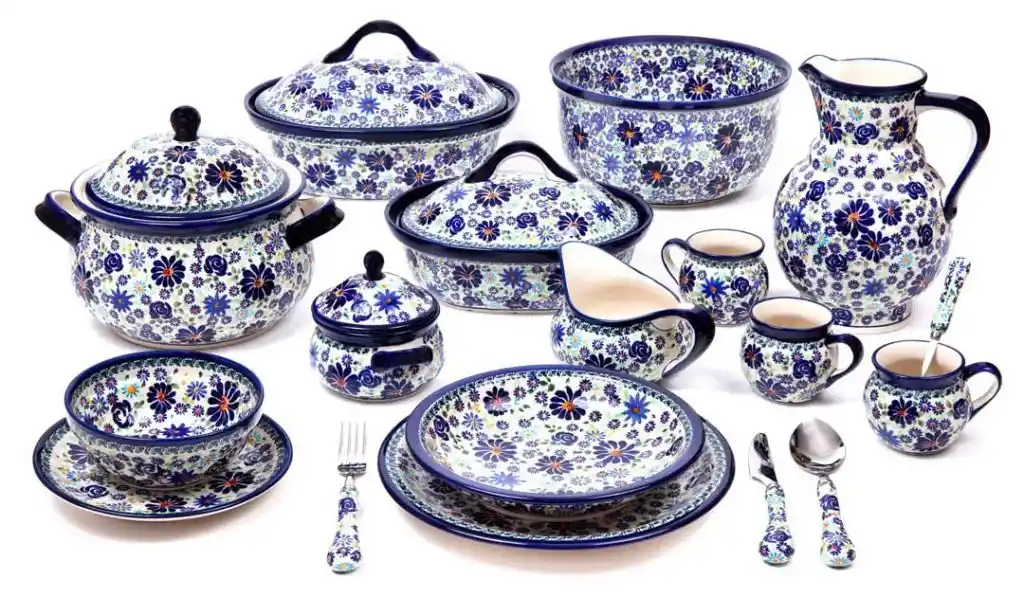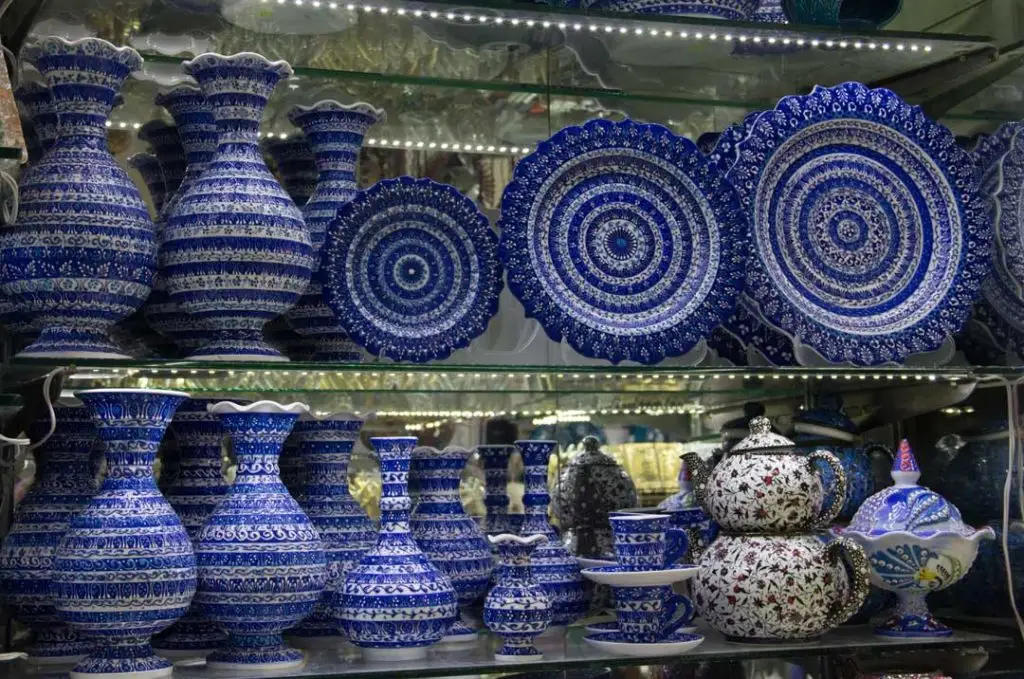Not all colorful ceramics are created equal—knowing how to spot authentic Polish pottery helps you avoid costly fakes and invest in real artistry.

Polish pottery is renowned for its exquisite craftsmanship, durable stoneware, and intricate hand-painted patterns. Among the most prized varieties, Bolesławiec pottery is highly sought-after for its rich history and unmistakable artistry.
With its growing popularity, however, the market has been flooded with imitations that lack the quality and authenticity of true Polish stoneware.
How to Spot Authentic Polish Pottery: 5 Key Identification Tips
In this article, we’ll explore the key ways to distinguish genuine Polish pottery from counterfeit pieces, ensuring that every purchase you make is an investment in authentic craftsmanship.
Understanding the Hallmarks of Authentic Polish Pottery
Authentic Polish pottery is made from high-quality white clay and fired at high temperatures to create durable, chip-resistant stoneware. The most reputable pieces originate from Bolesławiec, Poland, where artisans have perfected the craft for centuries.

One of the primary markers of authenticity is the hand-painted design. Genuine Polish pottery features intricate, symmetrical patterns applied using traditional stamping and freehand techniques.
No two pieces are exactly alike, as skilled artists individually decorate each. Mass-produced replicas often have printed or machine-stamped designs that lack the depth and precision of authentic handwork.
Another key characteristic is the glaze quality. True Polish stoneware is coated with a lead-free glaze that enhances its durability while preserving the vibrancy of the patterns. Fake pottery may have uneven glazing, faded colors, or even a rough texture that feels inferior to the smooth finish of authentic pieces.
Checking for the Manufacturer’s Stamp
Every genuine piece of Polish pottery should have a manufacturer’s stamp on its base. This stamp typically includes the maker’s mark, the country of origin, and sometimes a signature or number indicating the artist who decorated it.
Reputable brands such as Zakłady Ceramiczne, Ceramika Artystyczna, and Vena all use distinct stamps that verify their pieces as authentic. If a piece lacks a clear marking or features a vague or misspelled label, it is likely a counterfeit.
Some fakes may try to imitate the stamps of well-known manufacturers, but upon closer inspection, these forgeries often look smudged, incomplete, or poorly printed.

Recognizing Traditional Polish Pottery Patterns
Polish pottery is known for its vibrant blue, green, and red patterns, often featuring floral and geometric motifs. The most famous designs include:
- Peacock’s eye – a circular, eye-like pattern in deep cobalt blue with hints of green and red
- Unikat patterns – unique, high-quality designs hand-signed by the artist
- Traditional floral motifs – delicate flowers, leaves, and vines in earthy tones
Mass-produced fakes often use similar patterns but lack the intricate details of authentic Polish stoneware. The colors on counterfeits tend to be less vibrant, with edges that appear blurred or faded rather than sharp and defined.
Evaluating Weight and Feel
Authentic Polish pottery has a substantial weight due to its dense stoneware composition. When held, it should feel sturdy and well-balanced, not lightweight or flimsy.
Another test is the sound it makes when tapped. Genuine pieces produce a solid, almost bell-like tone, while imitations often sound dull or hollow due to inferior materials.

If a piece feels unusually light or fragile, it may not be real Polish pottery.
Buying from Trusted Sources
One of the best ways to ensure you’re purchasing authentic Polish pottery is to buy from reputable dealers. Established retailers, museum gift shops, and specialty stores that focus on European ceramics are more likely to carry genuine pieces.
Online marketplaces can be trickier, as counterfeit pottery is often mixed in with real items. When shopping online, look for sellers who:

- provide detailed product descriptions and high-resolution images
- offer certificates of authenticity for Unikat and premium pieces
- have strong customer reviews and verified purchase history
If a deal seems too good to be true—especially on high-end, artist-signed pieces—it’s worth questioning the legitimacy of the product.
Real vs. Fake: How to Tell If Polish Pottery Is Authentic
Recognizing authentic Polish pottery requires careful attention to detail. From hand-painted designs and high-quality glazing to manufacturer stamps and weight, several factors set genuine pieces apart from fakes.
Understanding the key identifiers mentioned above and purchasing from reputable sources will help you to confidently invest in beautifully crafted, long-lasting stoneware that embodies the true artistry of Polish ceramics.

Jessi is the creative mind behind The Coffee Mom, a popular blog that combines parenting advice, travel tips, and a love for all things Disney. As a trusted Disney influencer and passionate storyteller, Jessi’s authentic insights and relatable content resonate with readers worldwide.
